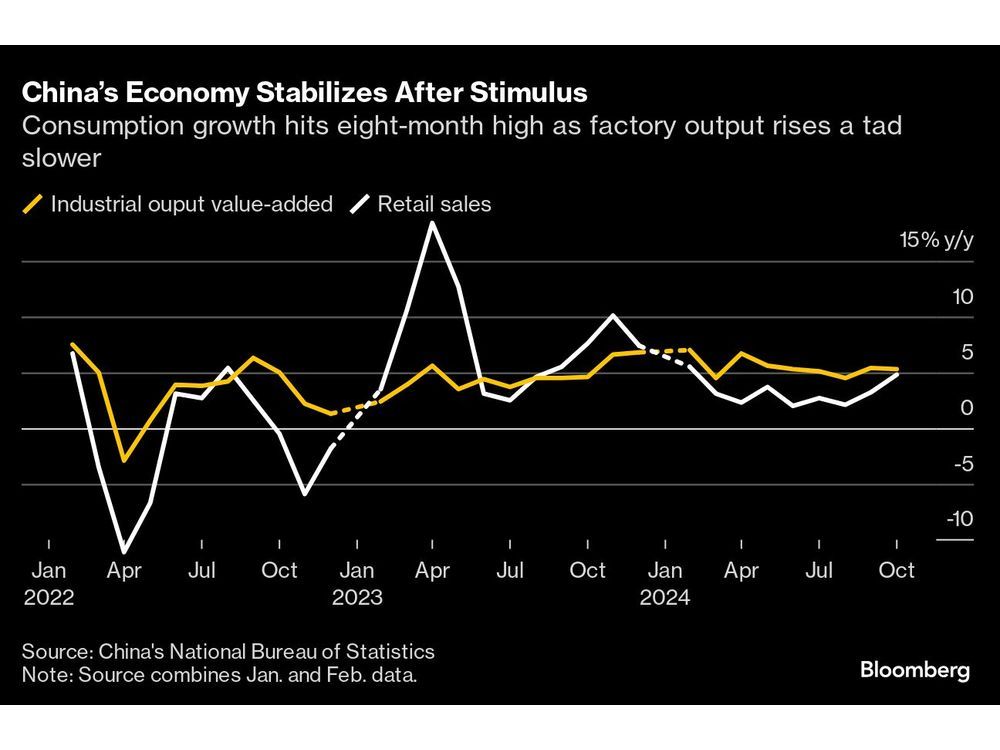When most people think of bonds, they think of a slow and steady investment that will provide them with consistent returns over time. While this is generally true, it’s important to understand how often bonds pay in order to make the best decision for your portfolio. In this blog post, we’ll discuss the different frequencies at which bonds can pay out their interest, as well as when it might be best to invest in them.
Bonds typically pay interest semi-annually, meaning that you will receive two payments per year. However, there are some bonds that pay interest monthly or even annually. The frequency at which a bond pays interest is typically determined by the issuer, and it will be stated in the bond’s prospectus.
The majority of bonds make their interest payments in June and December. However, there are some that make their payments in May and November, or April and October. It’s important to note that the payment date is not the same as the interest accrual date. The interest accrual date is the day on which the bond starts accruing interest, while the payment date is the day that you actually receive the interest payment.
For most investors, it’s best to stick with bonds that pay semi-annually. This is because you can reinvest your interest payments back into the bond, which will compound over time and earn you more money in the long run. However, if you need regular income from your investments, bonds that pay monthly or annually might be a better option for you.
If you’re looking for a slow and steady investment, bonds are a great option. Just be sure to understand how often they pay in order to make the best decision for your portfolio.
Who should buy bonds?
Generally, bonds are best suited for investors who are looking for a slow and steady investment. However, if you need regular income from your investments, bonds that pay monthly or annually might be a better option for you. Talk to your financial advisor to see if bonds are right for you.
Which investment bond is best for you?
The best investment bond for you is one that meets your financial goals. If you’re looking for a slow and steady investment, bonds are a great option. Just be sure to understand how often they pay in order to make the best decision for your portfolio. Talk to your financial advisor to see if bonds are right for you.
When is the best time to buy bonds?
The best time to buy bonds is when interest rates are high. This way, you can lock in a higher rate and earn more money over time. However, it’s important to remember that bond prices go down when interest rates rise, so you should only invest in bonds if you’re willing to hold them for the long term.
What are the risks of investing in bonds?
Bonds are generally considered to be a safe investment, but there are still some risks involved. The biggest risk is that interest rates will rise and your bond will lose value. This is why it’s important to only invest in bonds if you’re willing to hold them for the long term.
If you’re looking for a safe investment, bonds are a great option. Just be sure to understand the risks involved before you invest.
Bottom line
Bonds are a great option for investors who are looking for a slow and steady investment. Just be sure to understand how often they pay in order to make the best decision for your portfolio. Talk to your financial advisor to see if bonds are right for you. Thanks for reading.
Further questions
What's your question? Ask it in the discussion forum
Have an answer to the questions below? Post it here or in the forum


To retire a millionaire, Jen Glantz needs to increase her tax diversification by opening more accounts, and have a plan for future income.
The Orlando Pride vs. Washington Spirit final match will crown a new NWSL Champion, and we'll show you where to watch at home.

US inflation figures in the coming week that are seen showing stubborn price pressures will reinforce the Federal Reserve’s cautionary posture toward future interest-rate cuts.